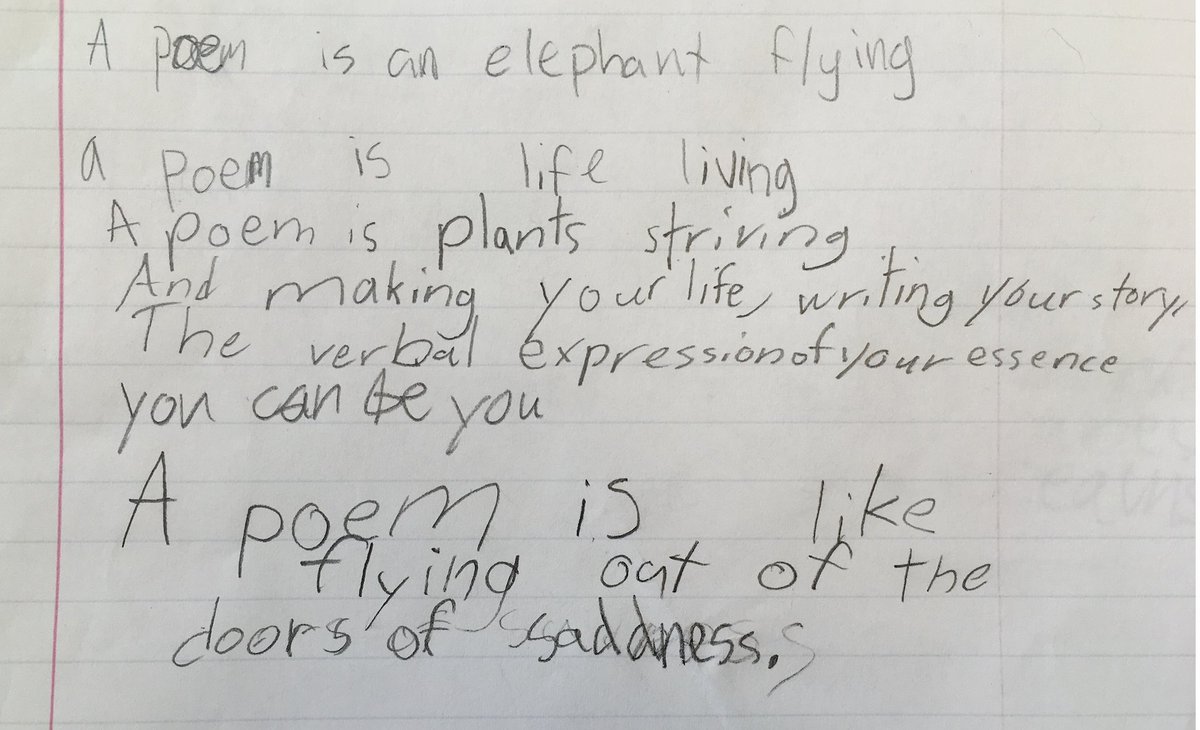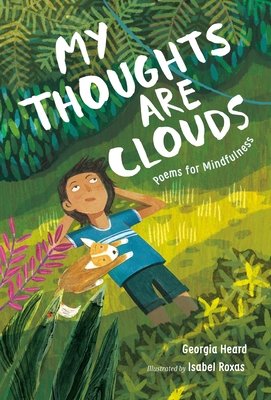Thanksgiving Activities, Gratitude, and More
It’s November! We made it through most of the Fall and the election! Thanksgiving (and a break!) is around the corner, so sharing some reminders and activities. Here are some from the past: Thanksgiving & Native American Heritage Month Resources & Reminders.
Always center Native American perspectives however you address Thanksgiving in your classroom (and in general). For example, you and your students could look at the Native Land map to see whose land you're on and emphasize that they are still here. You could research the tribe whose land you are on and find out about where they are living now.
Also, show students the table depicting original tribal names and note that many tribal names were changed by white settlers.
Learn about land acknowledgements by watching Land Acknowledgement | Molly of Denali. (Sidenote, Molly of Denali is a great example of representation, own voices, and a genuine character that has typical trials and tribulations as all kids do. Alaskan Native voices are involved in all aspects of production and research shows positive effects on children’s use of informational text after watching the show.)
You and your students can think about creating a land acknowledgement at your school or in your community. However, keep in mind the limitations of land acknowledgements, and talk to students about how they should just be the first step and DO NOT and CANNOT undo or “fix” past wrongs. For a more in depth analysis from a Indigenous perspective, listen to this story from Oregon Public Broadcasting: As land acknowledgments become more common, Indigenous people grapple with next steps - OPB
A new picture book that is a re-telling of the story of Thanksgiving is Keepunumuk: Weeâchumun's Thanksgiving Story. There are discussion guides online, but unfortunately the book is sold out and won’t be back in stock before Thanksgiving. However, something to keep in mind for next year!
I try to incorporate gratitude into my classroom all year, especially towards people in the building who take care of us. There are many studies about the positive effects of gratitude and students love putting good energy out there and planning surprises or pick-me-ups for others.
Nikki Grimes expresses it so beautifully:
Find this poem on Twitter here. Use it to inspire students and/or yourself! Another fun idea is tiny gratitude stories from the New York Times. They asked Tell Us What You’re Thankful For, in Six Words in the past. I love these ideas for so many reasons, at the very least because there are plenty of mentor texts for students and it is something quick and easy (and FUN). Students could challenge others in the building to write one as well and add it to a wall or bulletin board.
See other Gratitude Activities We Love from our post last Thanksgiving.
Happy (almost) Thanksgiving. Hope your holidays are relaxing and filled with deliciousness!












